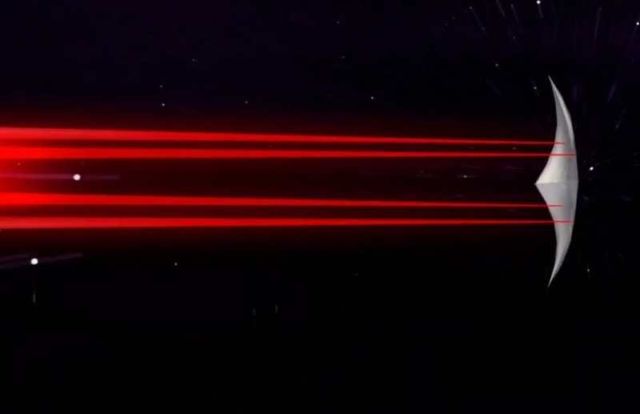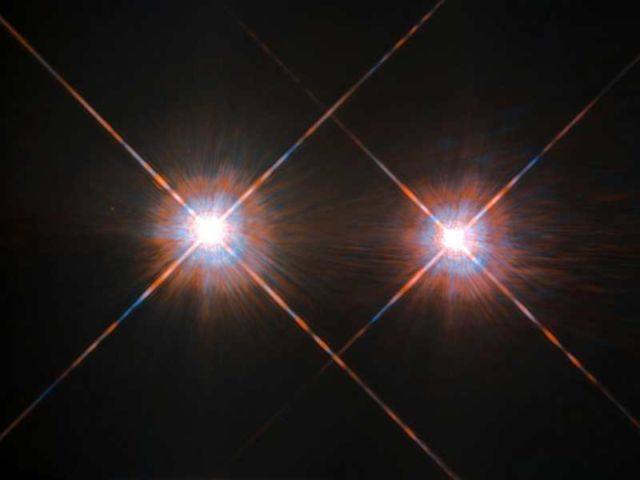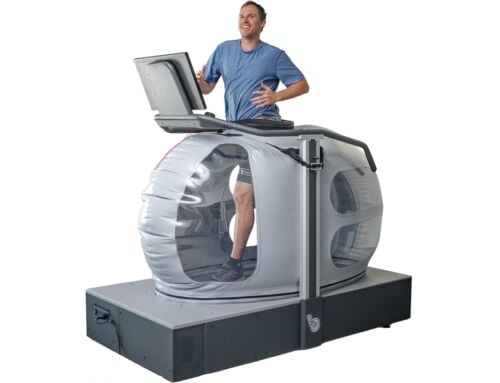NASA is developing a tiny spacecraft that will travel at 20 percent the speed of light.
The tiny spacecraft by traveling at 1/5 of the speed of light, it could arrive in just 20 years at Alpha Centauri.
NASA is working with the Korea Institute of Science and Technology (KAIST), on the development of tiny spacecraft made from a single silicon chip that ‘could slash interstellar exploration times.’
At the International Electron Devices Meeting in San Francisco, NASA’s Dong-Il Moon presented a new technology, ensuring that the tiny spacecraft will survive the high radiation will encounter on its journey.
Alpha Centauri A and Alpha Centauir B, form part of the closest star system to our own. Credit ESA/NASA
Breakthrough Starshot Animation
Breakthrough Starshot is a $100 million research and development program, aiming to establish proof of concept for a ‘nanocraft’ – a fully functional space probe at gram-scale weight – driven by a light beam. A spacecraft like this, equipped with a lightsail, has the potential to reach twenty percent of the speed of light – or 100 million miles an hour. At that speed, it could reach Alpha Centauri, our nearest star system, in around 20 years. Using the fastest conventional rocket propulsion system available, the same journey would take tens of thousands of years.
This new scientific initiative is committed to international collaboration, open access and open data. It aims to represent all of humanity as one world, stepping out into the galaxy within a generation.
On the fifty-fifth anniversary of Yuri Gagarin’s great leap into space, April 12, 2016, Yuri Milner was joined by Stephen Hawking at New York’s One World Observatory to announce Breakthrough Starshot, which will lay the foundations for humanity’s next great leap: to the stars. It was also announced that Mark Zuckerberg joined the board of the initiative.
More about Breakthrough Starshot at breakthroughinitiatives.org.
via sciencealert







Leave A Comment